-
Definition
-
Scope Of The Study
- Research Objective
- Limitations
-
Primary Research
-
Secondary Research
-
Market
-
Drivers
-
Restrains
-
Opportunities
-
Challenges
-
Macroeconomic Indicators
- Bargaining Power Of Suppliers
- Bargaining Power Of Buyers
- Threat Of New Entrants
- Intensity Of Rivalry
-
Value Chain Analysis
-
Investment Feasibility Analysis
-
Pricing Analysis
-
Global Augmented Bone Graft Market, By Imaging Modality
-
Introduction
-
Allografts
- Market Estimates & Forecast, 2016 – 2023
-
Bone Grafts Substitutes
- Market Estimates & Forecast, 2016 –
-
Cell-Based Matrices
- Market Estimates & Forecast, 2016
-
– 2023
-
Chapter 7. Global Augmented Bone Graft Market, By Applications
-
Introduction
-
Craniomaxillofacial
- Market Estimates &
-
Forecast, 2020 – 2027
-
Dental
- Market Estimates & Forecast,
-
Foot & Ankle
- Market Estimates & Forecast,
-
Joint Reconstruction
- Market Estimates &
-
Forecast, 2020 – 2027
-
Long Bone
- Market Estimates &
-
Forecast, 2020 – 2027
-
Spinal Fusion
- Market Estimates &
-
Forecast, 2020 – 2027
-
Chapter 8. Global Augmented Bone Graft Market,
-
By End User
-
Introduction
-
Hospitals
- Market Estimates
-
& Forecast, 2020 – 2027
-
Clinics
- Market Estimates &
-
Forecast, 2020 – 2027
-
Ambulatory Surgical Centers
- Market
-
Estimates & Forecast, 2020 – 2027
-
Others
- Market Estimates
-
& Forecast, 2020 – 2027
-
Chapter .9 Global Augmented Bone Graft Market,
-
By Region
-
Introduction
-
Americas
- North America
- South America
-
U.S.
-
Europe
- Western
- Eastern Europe
-
Europe
-
Spain
-
Asia Pacific
- Japan
- China
- India
- Republic Of Korea
- Rest Of Asia Pacific
- United Arab Emirates
- Saudi Arabia
- Oman
- Kuwait
- Qatar
- Rest Of The Middle East
-
Australia
-
The Middle East & Africa
-
& Africa
-
Chapter 10 Company Landscape
-
Introduction
-
Market Share Analysis
-
Key Development & Strategies
- Key
-
Developments
-
Chapter 11 Company Profiles
-
Wright Medical Group
- Company Overview
- Product Overview
- Financials
- SWOT Analysis
-
Zimmer Holdings, Inc.
- Company Overview
- Product Overview
- Financial Overview
- Key Developments
- SWOT Analysis
-
BioMimetic Therapeutics LLC
- Company
- Product Overview
- Financial Overview
- SWOT Analysis
-
Overview
-
Key Development
-
Stryker Corporation
- Product/Business Segment Overview
- Financial
- Key Development
- SWOT Analysis
-
Company Overview
-
Overview
-
NovaBone
- Company Overview
- Product Overview
- Key Developments
-
Products LLC
-
Financial Overview
-
RTI Surgical, Inc.
- Company Overview
- Product Overview
- Financial Overview
- Key Developments
-
Olympus Biotech Corporation.
- Overview
- Product Overview
- Financials
- Key Developments
- SWOT Analysis
-
NuVasive, Inc.
- Company Overview
- Product/Business Segment Overview
- Financial Overview
- SWOT Analysis
-
Key Development
-
Smith & Nephew Plc
- Product Overview
- Financial Overview
- Key Developments
-
Company Overview
-
Others
- From CEO’s View Point
- Unmet Needs Of
-
Chapter 12 MRFR Conclusion
-
Key Findings
-
The Market
-
Key Companies To Watch
-
Prediction Of Pharmaceutical
-
Industry
-
Chapter 13 Appendix
-
LIST OF TABLES
-
Augmented Bone
-
Graft Industry Synopsis, 2020 – 2027
-
Augmented Bone Graft Market
-
Estimates And Forecast, 2020 – 2027, (USD Million)
-
Augmented
-
Bone Graft Market By Region, 2020 – 2027, (USD Million)
-
Augmented
-
Bone Graft Market By Diagnosis, 2020 – 2027, (USD Million)
-
Augmented
-
Bone Graft Market By Treatment, 2020 – 2027, (USD Million)
-
Augmented
-
Bone Graft Market By End Users, 2020 – 2027, (USD Million)
-
North
-
America Augmented Bone Graft Market By Diagnosis, 2020 – 2027, (USD Million)
-
North America Augmented Bone Graft Market By Treatment, 2020 – 2027,
-
(USD Million)
-
North America Augmented Bone Graft Market By End Users,
-
US Augmented Bone Graft Market By
-
Diagnosis, 2020 – 2027, (USD Million)
-
US Augmented Bone Graft
-
Market By Treatment, 2020 – 2027, (USD Million)
-
US Augmented
-
Bone Graft Market By End Users, 2020 – 2027, (USD Million)
-
Canada
-
Augmented Bone Graft Market By Diagnosis, 2020 – 2027, (USD Million)
-
Table
-
Canada Augmented Bone Graft Market By Treatment, 2020 – 2027, (USD Million)
-
Canada Augmented Bone Graft Market By End Users, 2020 – 2027, (USD
-
Million)
-
South America Augmented Bone Graft Market By Diagnosis, 2020
-
– 2027, (USD Million)
-
South America Augmented Bone Graft Market
-
By Treatment, 2020 – 2027, (USD Million)
-
South America Augmented
-
Bone Graft Market By End Users, 2020 – 2027, (USD Million)
-
Europe
-
Augmented Bone Graft Market By Diagnosis, 2020 – 2027, (USD Million)
-
Table
-
Europe Augmented Bone Graft Market By Treatment, 2020 – 2027, (USD Million)
-
Europe Augmented Bone Graft Market By End Users, 2020 – 2027, (USD
-
Million)
-
Western Europe Augmented Bone Graft Market By Diagnosis,
-
Western Europe Augmented Bone Graft
-
Market By Treatment, 2020 – 2027, (USD Million)
-
Western Europe
-
Augmented Bone Graft Market By End Users, 2020 – 2027, (USD Million)
-
Table
-
Eastern Europe Augmented Bone Graft Market By Diagnosis, 2020 – 2027, (USD
-
Million)
-
Eastern Europe Augmented Bone Graft Market By Treatment,
-
Eastern Europe Augmented Bone Graft
-
Market By End Users, 2020 – 2027, (USD Million)
-
Asia Pacific
-
Augmented Bone Graft Market By Diagnosis, 2020 – 2027, (USD Million)
-
Table
-
Asia Pacific Augmented Bone Graft Market By Treatment, 2020 – 2027, (USD
-
Million)
-
Asia Pacific Augmented Bone Graft Market By End Users, 2020
-
– 2027, (USD Million)
-
Middle East & Africa Augmented Bone
-
Graft Market By Diagnosis, 2020 – 2027, (USD Million)
-
Middle
-
East & Africa Augmented Bone Graft Market By Treatment, 2020 – 2027, (USD
-
Million)
-
Middle East & Africa Augmented Bone Graft Market By End
-
Users, 2020 – 2027, (USD Million)
-
LIST OF FIGURES
-
Research
-
Process
-
Segmentation For Augmented Bone Graft Market
-
Figure 3
-
Segmentation Market Dynamics For Augmented Bone Graft Market
-
Global
-
Augmented Bone Graft Market Share, By Diagnosis 2016
-
Global Augmented
-
Bone Graft Market Share, By Treatment 2016
-
Global Augmented Bone Graft
-
Market Share, By End Users, 2016
-
Global Augmented Bone Graft Market
-
Share, By Region, 2016
-
North America Augmented Bone Graft Market Share,
-
By Country, 2016
-
Europe Augmented Bone Graft Market Share, By Country,
-
Asia Pacific Augmented Bone Graft Market Share, By Country,
-
Middle East & Africa Augmented Bone Graft Market Share,
-
By Country, 2016
-
Global Augmented Bone Graft Market: Company Share
-
Analysis, 2016 (%)
-
Wright Medical Technology, Inc.: Key Financials
-
Wright Medical Technology, Inc.: Segmental Revenue
-
Wright
-
Medical Technology, Inc.: Geographical Revenue
-
Zimmer Holdings, Inc.:
-
Key Financials
-
Zimmer Holdings, Inc.: Segmental Revenue
-
Figure
-
Zimmer Holdings, Inc.: Geographical Revenue
-
BioMimetic Therapeutics
-
LLC: Key Financials
-
BioMimetic Therapeutics LLC: Segmental Revenue
-
BioMimetic Therapeutics LLC: Geographical Revenue
-
Stryker
-
Corporation: Key Financials
-
Stryker Corporation: Segmental Revenue
-
Stryker Corporation: Geographical Revenue
-
RTI Surgical,
-
Inc: Key Financials
-
RTI Surgical, Inc: Segmental Revenue
-
Figure
-
RTI Surgical, Inc: Geographical Revenue
-
Olympus Biotech Corporation:
-
Key Financials
-
Olympus Biotech Corporation: Segmental Revenue
-
Olympus Biotech Corporation: Geographical Revenue
-
NuVasive,
-
Inc.: Key Financials
-
NuVasive, Inc.: Segmental Revenue
-
Figure
-
NuVasive, Inc.: Geographical Revenue
-
NovaBone Products LLC: Key
-
Financials
-
NovaBone Products LLC: Segmental Revenue
-
Figure 36
-
NovaBone Products LLC: Geographical Revenue
-
Smith & Nephew Plc:
-
Key Financials
-
Smith & Nephew Plc: Segmental Revenue
-
Figure
-
Smith & Nephew Plc: Geographical Revenue
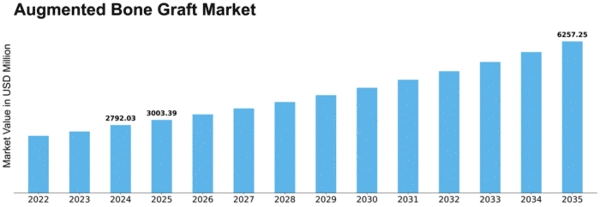

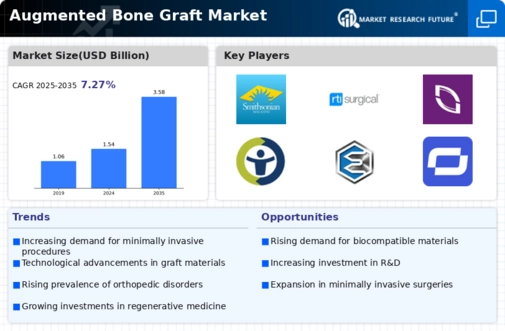
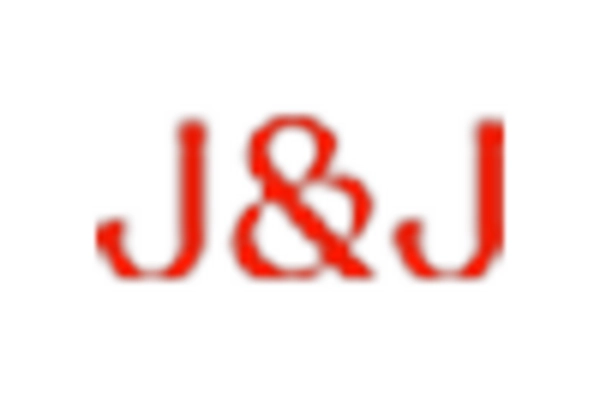
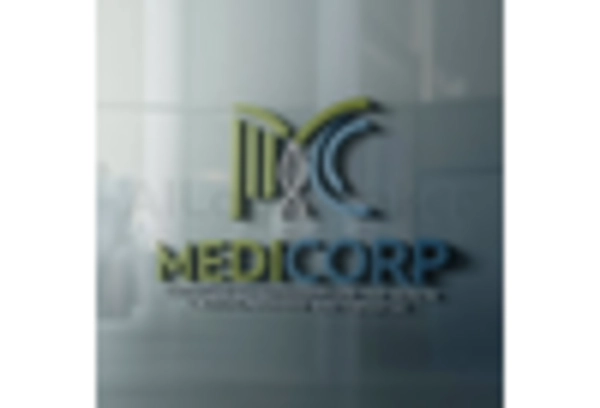

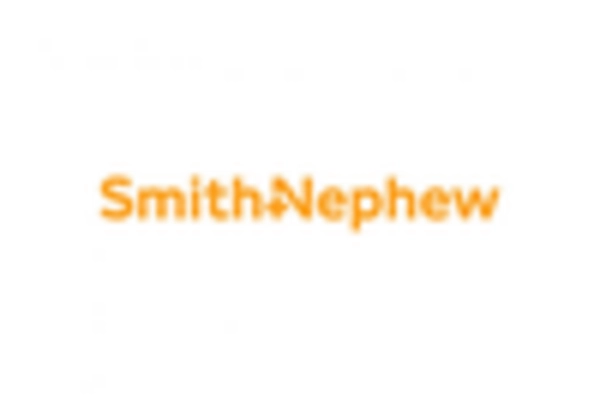











Leave a Comment